-
Posts
35 -
Joined
-
Last visited
Content Type
Forums
Detector Prospector Home
Detector Database
Downloads
Posts posted by Joel - cacadordereliquia
-
-
To look for copper, I believe the multi-frequency vanquish would do the job.
Or any other single frequency device you could find.
-
The question remains: This Frequency of 5.82 kHz is for finding large objects, relics, watches and even natural gold from 5 grams upwards.
Because this frequency would not be able to detect a fine gold corrector. Which Minelab object has this lower frequency device? Or he will launch the X-Terra line.
-
I'm happy to choose the Mono 16x14, I'm sure you'll find the big nugget, it might take a while, I'm sure you'll find it, just don't give up.
Now you are equipped.
-
My friend Steve summed up the situation well, all of this has to take into account the soil situation in your region, if it is very mineralized the Mono coil will not do well because it will cause a lot of interference with hot and ferrous stone, ending up losing a little in depth. The DD coils end up doing well and dealing with smaller mineralized soil, but it works a little shallower.
Now if the soil is low mineralized then yes the mono coil can work well and go very deep. In your case, I noticed that you have the 13x11 DD coil, this coil with the 13x11 Mono will make little difference.
I advise you to get the Mono 16x14. Because, you can use the DD 13x11 another day you go to the same place and switch to 16x14 mono, that way you will get the thick gold that the DD couldn't locate.
-
That's right my friend, it's cassiterite, but it doesn't even have a value here in my location, which seems to have many of them, it's in the stone.
-
Obrigado pela resposta, bem que desconfiei dos valores, por isso que não tem essa tecnologia em produção.
-
Friends, today I was doing research on pulse induction detectors and came across this article. Saying that the Polish pi is a pulse induction detector.
"One of the best known metal detectors is the Polish PI, PI because metal detection technology is based on pulse inductance or pulse induction. Polish must be from the fact that the breeder is from Poland! Detectors with PI technology do not have metal discrimination, that is, it detects anything in the same way, be it a nail, a silver cord or a gold ring, despite this disadvantage this system is the best for metal detector for nuggets of gold. gold.
Advantages of the PI Metal Detector
In mineralized ground it is better than other metal detector technologies.
They reach a greater depth in mineralized areas.
It uses only one coil, only PI detectors have this system, they can be more sensitive to small gold nuggets than other detectors."blog.novaeletronica.com.br/pi-polones-construa-seu-detector-de-metal/
I really want to know if this Polish PI is a pulse induction detector, the same one used in GPX among others from minelab that cost a fortune. Because they say it's better than VLF equipment and handles mineralized soil better than VLF.
-
This is indeed a work of art from nature, I believe it belongs to an ancient collector who hid the stone.
-
Here in Brazil, the new fully automatic NOKTA GOLD FINDER 2000 has arrived. On the other hand, the darling of prospectors MINELAB GOLD MONSTER 1000 of 45KHZ. I want to hear your opinion, which one has more advantage to find gold?
I use the GOLD MONSTER 1000 detector, it is very stable in mineralized soil, just leave it in automatic mode, it has good discrimination when detecting the object, it picks up a much smaller object, its battery is great, it lasts around a day on the hunt or more. But what I liked most about this device was the response time, when it finds an object it gives a very high signal, you can go back to it because the signal is very strong.
They say that this device GOLD FINDER 2000 of 61kHz ugly to conflict with MONSTER 1000. As I never used NOKTA detectors I would like to know from you, what do you think of this cheaper device.
-
On 02/06/2023 at 14:11, Digalicious said:
Foi exatamente por isso que vendi meu V540.
Moro em uma cidade em rápido crescimento, com tudo o que é possível, tornando o wi-fi habilitado. EMI é muito ruim mesmo na periferia da minha cidade. Como tal, um detector SMF sem opções SF significa baixo desempenho para mim.Amigo oque significa SMF sem opções SF, descupe não entendi.
-
This Simplex, Lite, BT, ULTRA line undoubtedly came well optimized using a single frequency of 15 kHz. But, what caught my attention in these devices was "Fully submersible up to 5 meters (16 feet) and protected against total entry of dust", vibration, Light (1.2 kg), I also confess that I didn't like the apinto looking like a duckling, it should put a sharper and stronger whistle. On the other hand, we have VANQUISH 340 Simultaneous Multifrequency input that is not waterproof, but operates at several frequencies, allowing to find small and large objects at the same time.
To enter this fight X-TERRA PRO operating at 5, 8, 10 or 15 kHz is not multi-frequency. Now it is difficult to choose a device, all have their advantages and disadvantages.
In my opinion, I believe that the VANQUISH line is the best when it comes to finding small and large objects, it just lacked IP68, being more resistant.
I've seen several reports of Youtubers who sold their simplex to buy a VANQUISH because they wouldn't be getting thin chains on the beach.
This is just an opinion, but I would love to test this new generation Simplex metal detector.
-
On 18/03/2023 at 00:35, oneguy said:
exatamente a razão pela qual me separei do 6000 e mantive o SDC ......
On 18/03/2023 at 00:35, oneguy said:exatamente a razão pela qual me separei do 6000 e mantive o SDC ......
Friend this SDC 2300 goes deep or reaches up to 15 centimeters in mineralized soil.
-
The device is very attractive, beautiful design, frequency from 4 to 40 kHz, but you have to see if it will be cheaper than the minelab equinox 800 that dominates the market with its device that says it is waterproof, but it is not There's a lot to buy, not even in Water you're afraid of getting into the water, except for that detail and an excellent device.
-
On 23/05/2023 at 10:27, afreakofnature said:
Pode ser cassiterita 🤷♂️
I've been told that too and I believe that's right. Too bad it doesn't even have a value.
-
8 hours ago, jasong said:
Provavelmente galena ou calcocita. Sulfetos de chumbo e cobre. Talvez hematita, mas menos provável.
Chalcocite pode bater com bastante força em um detector VLF e soar muito parecido com ouro.
Eu encontrei ambos ocorrendo em áreas de ouro no passado. Galena e calcocita devem ter um leve odor de enxofre se você esmagar/raspar um pouco da rocha, a hematita não terá cheiro de enxofre. Se cheirar a enxofre, um teste de densidade dirá a diferença, pois a galena é de 7,6 g/cc e a calcocita é de 5,6 g/cc.
Friend, thanks for your help, could you tell me where you have this type of material, there may be a larger gold nugget, or just fine gold, because they say that it comes with the gold. Is the gold on the surface of the earth or in a deeper place, 2 to 3 meters below the ground?
-
If the devices started to discriminate lead or other ferrous materials, certainly some gold would have escaped, because gold varies in content. it is very different, it varies from each region, here in my region the tero is 70%, now there is gold in Para there and with a 100% content. If you were to analyze this case and use discrimination, the device would not work 100%, that's why they take everything, so you don't leave anything behind.
This week I went hunting and the device beeped on a stone, I thought the signal was below the stone, I removed the stone and the signal disappeared, I could see that the signal was on the stone, the device showed that it was a noble metal as if it were gold. When I broke the stone I noticed that it was a kind of dark material and it gave a signal to the device. If it was an IP device and would have discrimination would have lost that stone.
There is a lack of cheap IP equipment on the market, minelaba reigns in this market with its machines. Let's hope that the macro puts a cost device on the market and IP benefit. So everyone would be able to use this machine that makes the difference in detection.
-
Friend taking into account the soil mining the SDC 2300 could be a good option. But since you mentioned that you want a device for water, the best choice would be NOKTA THE LEGEND PRO PACK which is waterproof, and Equinox 800 enters water. If you have the resources, you could buy the Equinox 900, this device is for all terrains and fine and medium gold.
In my case I would buy one from IP, it has benefits, it takes deeper, handles well with highly mineralized soil, you can find a glans nugget of at least 50 grams. Now the VLF catches more on the earth's surface, if the soil has a lot of mineralization, the VLF keeps chattering, there's one, it even hurts my ears from so much noise. I hope that one day I will be able to buy an IP device.
But which device to choose will be a good machine.
-
Guys, I come once again to ask for your help. I was on a hunt with my gold monster when I came across a sign for non-ferrous metal, I noticed that the sign was on the stone. I was all happy, if a positive signal is beeping it means it must be gold. More to my surprise, this metal appeared in the middle of the stone, black in color and, at the same time, shining, I confess to you that I don't know what it would be. I put it in the group, they said that it comes with gold, her name is EMATITA. Has anyone come across this type of metal, what is its name, if it has any commercial value.
If this metal can be called accompanies gold then it means that there must be gold in the vicinity because I've already passed a device and I couldn't find it, only if it's at the bottom.
If anyone has seen this type of stone please tell me what it should be.
-
On 14/10/2022 at 04:18, geof_junk said:
Nas áreas que detectei em WA com um detector VLF, não era o solo quente, eram as rochas quentes 3 ou 4 sinal de alvo por balanço deles em alguns pontos. Na época, eu tinha 25 anos de experiência com detector VLF na época. Usando detectores Minlab pós 2003, não tive problemas com o detector PI na mesma área. Quanto à profundidade, o solo quente de Vic foi muito pior para o VLF, mas as rochas quentes foram apenas problemas leves.
Amigo, como você entende de VLF, pode afirmar que o gold monster 1000 trabalha melhor em solo mineralizado na função automática, ou é melhor utilizar ele na função manual com 9 pauzinho ativo. Porque a minelab não especifica qual é a melhor função do aparelho para encontrar pepitas.
Eu como usuário notei que quando utilizo a função (Automático (12) ele fica bem silencioso. Agora quando usa ele na função (Manual 9) ele fica apitando muito e parece que pega mais fundo.
No começo deixo ele manual, depois de 2 a 3 horas eu mudo ele para automático porque ele fica muito barulhento.
Bom, amigo, qual função eu devo utilizar na minha caçada para encontrar pepitas de ouro. Se tiver alguém que conhece bem o aparelho deixe um comentário de qual modo ele funciona bem.
Porque você tem que conhecer a máquina para tirar o máximo dela. Obrigado!
-
31 minutes ago, phrunt said:
Não sei por que tanto alarido com o GPX 5000 sendo rotulado como pesado, não é tão ruim assim e você pode aliviá-lo facilmente. Uma vez modificado, ele não pesa muito mais do que um GPX 6000 e ter um pouco de peso na parte de trás com a bateria/caixa de controle realmente ajuda se você quiser usar bobinas maiores para equilibrar o detector, o 6000 é terrível com o DD de 14 ", tão desequilibrado. O 6000 é ótimo, agradável e leve, mas funciona com pequenas bobinas, mas você faz isso com meteoritos? Acho que você não está realmente atrás de alvos absolutamente minúsculos.
Aqui está meu 5000 ao lado de seu irmão mais novo, o 6000.
Ele tem uma bateria de íon de lítio leve, dura 13 horas com carga, 13400mAh, a bateria em si pesa 450 gramas e cabe no meu bolso lateral na capa. Eu também tenho um eixo de carbono completo no 5000.
Parece minúsculo lá dentro, pois a tampa é feita para a bateria GPX padrão.
Jut se conecta com um pequeno cabo curto.
Possui indicador de carga.
E para um alto-falante eu tenho o vento JBL lá, áudio muito alto com volume ajustável, bem mais alto que o lamentável alto-falante que eles usaram no 6000.
O 5000 talvez seja um velho, mas é um presente e lida com pedras quentes muito melhor do que o 6000, o 6000 é mais sensível ao ouro pequeno e encontra ouro que o GPX 5000 perde por vários motivos, não apenas pelo tamanho. Pode se resumir a qual é o melhor para meteoritos, visto que é para isso que você está usando e que eu não sei, espero que alguém se manifeste e informe você.
Eu realmente gosto do 5000, é tão versátil, eu realmente gosto do 6000 também.
Ola frunt já tive o prazer de pegar no GPX 5000 aqui na minha cidade numa revenda e notei que não é tão pesado como falam, da para trabalhar de boa com o aparelho. Aqui no Brasil já teve relato de garimpeiro onde o solo é muito mineralizado, a GPX 6000 não conseguiu dar conta do recado devido à alta sensibilidade do aparelho para pepitas minusculo, onde o solo é normal o aparelho trabalha bem.
Me fala um pouco sobre a GPX 5000, qual a configuração ideal para encontrar pepitas profundas, e as configurações para encontrar pepitas menores.
Ai na sua cidade ta custando quantos uma GPX 5000 usado e novo.
-
Amigo já vou ser sincero, não tenho nem um aparelho de PI utilizo um gold monster VLF, estou no mesmo caminho que você, atualizar no futuro para uma indução de pulso. Tenho a mesma duvida que você. Mais vou dar minha opinião baseado no que já vi e no que já estudei sobre os aparelho de PI.
Bom, qual escolher GPX 5000 ou GPX 6000?
A GPX 5000 não é uma máquina pesada como falam pelo menos sem a bateria, foi onde eu peguei ele montado numa revendedora aqui na minha cidade, agora a GPZ 7000 é muito pesado, minha coluna até sentiu o peso dá aquele aparelho, mas é uma baita maquina e o sonho de qualquer garimpeiro.
A 5000 foi fabricado para Prospecção de Ouro e Relíquia Profunda, elá tem uma gama de bobinas COILTEK, se seu objetivo for encontrar objeto profundo a 5000 pode ser uma boa opção.
Outro ponto que não pode falta que a 5000 ele é mais complicado de configurar. Ele lida bem com solo altamente mineralizado, a 5000 é mais para aqueles que querem encontrar objeto profundo; por isso, tem mais opção de bobinas para ele, se não estou errado, me corrijam se não estou enganado, os maiores achados de todo mundo foi encontrado com GPX 5000 e a GPZ.
Agora a GPX 6000 quando peguei no aparelho é outra coisa leve, muito leve, pode caçar na mata ou no morro em lagos nos lugares mais difícil essa maquina vai de boa, sem falar na configuração é muito simples e só ligar e começar a detectar.
Ele foi feito para encontrar pepitas minusculo quanto pepitas grandes. A 6000 é mais para ouro, todo seu hardware é desenvolvido para encontrar ouro da natureza. Aqui no Brasil esse aparelho foi bem aceito, ele lida muito bem com solo mineralizado e não deixa passar nada.
Além disso, a GPX 6000 está acima do GPX 5000. Por isso tem que ver oque você quer realmente procurar se for pepita grande ou relíquias profunda a GPX 5000 com a bobina COILTEK 22 pega muito fundo, já vi vários video de teste com essa bobina o resultando foi surpreendente.
Aqui no Brasil esses aparelho é muito caro GPX 5000 R$ 17.849,90, gpx 6000 R$ 36.339,90.
Estava vendo o valor que você colocou e me surpreendi aí na sua região é muito barato. Talvez no futuro eu junte um dinheiro e você poderia comprar um para mim e enviar, acredito que seria bem mais em conta.
Quando escolher, não deixe de postar qual você decidiu e por quê. Abraço e boa sorte com os achados.
-
Bem
7 hours ago, ☠ Cipher said:Sim, o dispositivo é de indução de pulso, mas falta o tipo de energia que você provavelmente está procurando. Ele vê objetos do tamanho de moedas apenas cerca de 4”-6” da bobina no ar. Gosto do que é, compacto e conveniente, mas não está no mesmo nível de qualquer máquina de tamanho normal.
Muito obrigado pela dica, por isso que o valor dele é barato, agora quando se vai num SDC 2300 o mais barato de PI o preço já é totalmente diferente.
-
On 04/11/2022 at 09:40, PhaseTech said:
Máquinas muito profundas em alvos maiores. Eles ainda podem render cerca de US $ 1.000 aqui em Oz.
This SD 2200d is easy to configure, it takes fine gold and large gold in depth, it is still worth buying such a machine, I was researching and found some of their models, it is worth a gold monster device today. You indicate to buy it or not, because I have a gold monster VLF. I wanted a PI but the machines are very expensive.
-
That's great friend, here in my city it's raining a lot, I hope the rain gives a break to go out into nature.

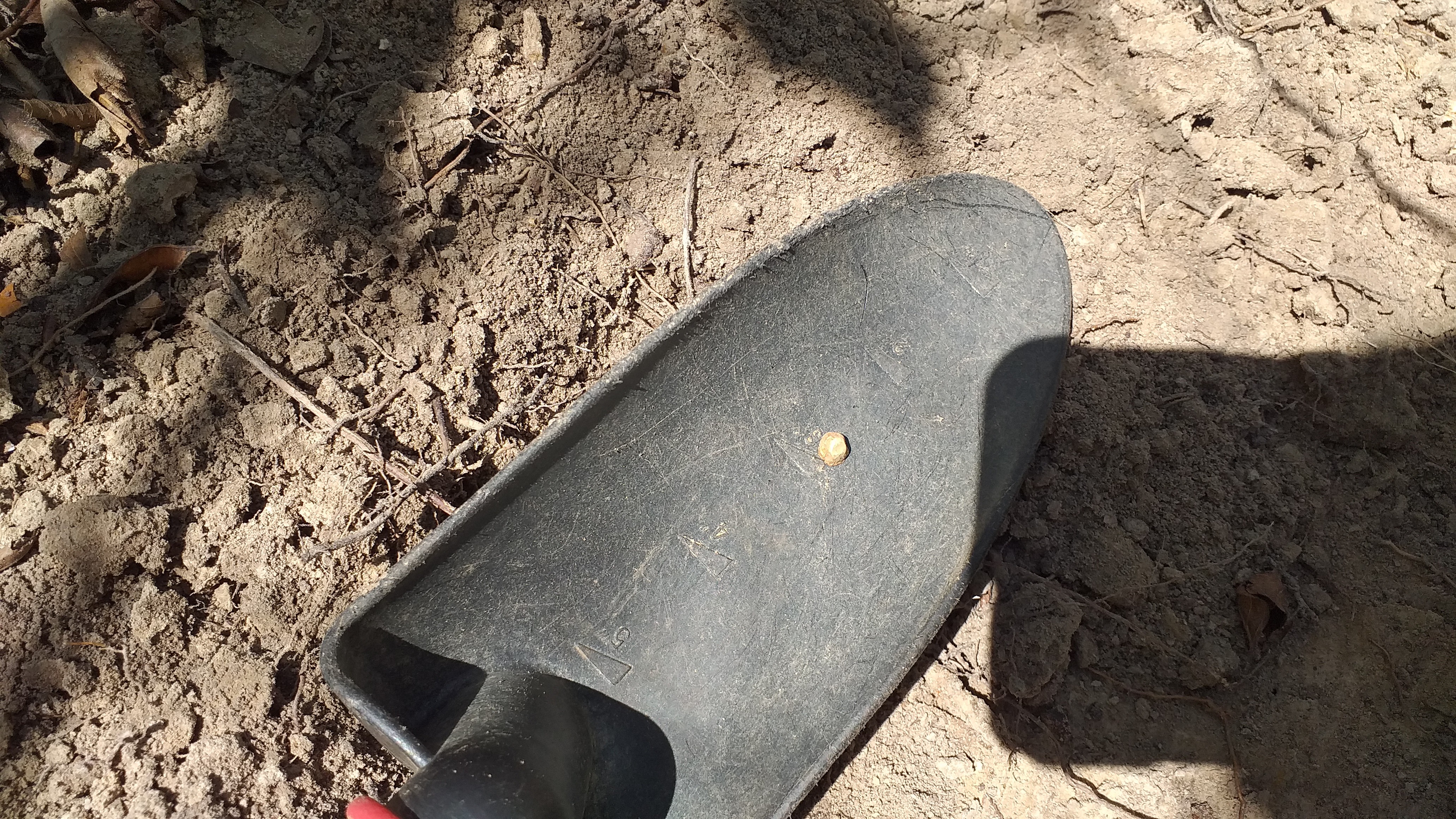

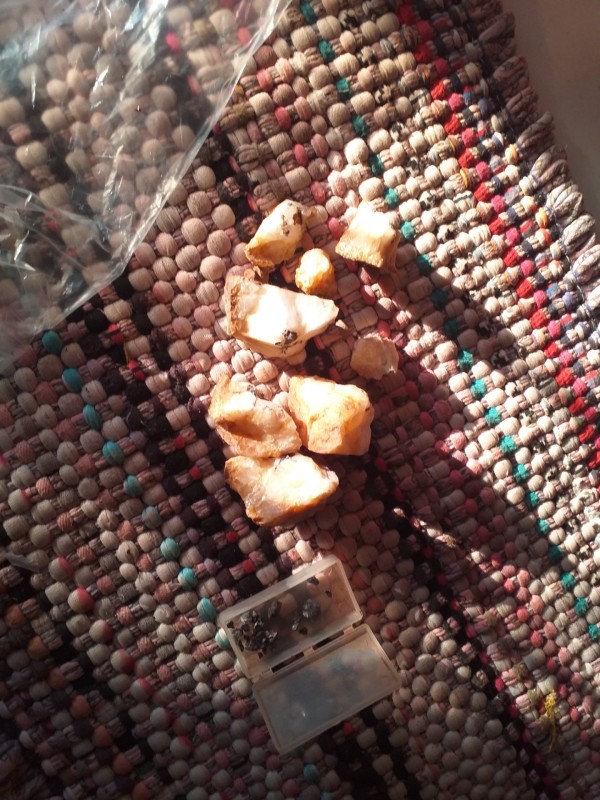
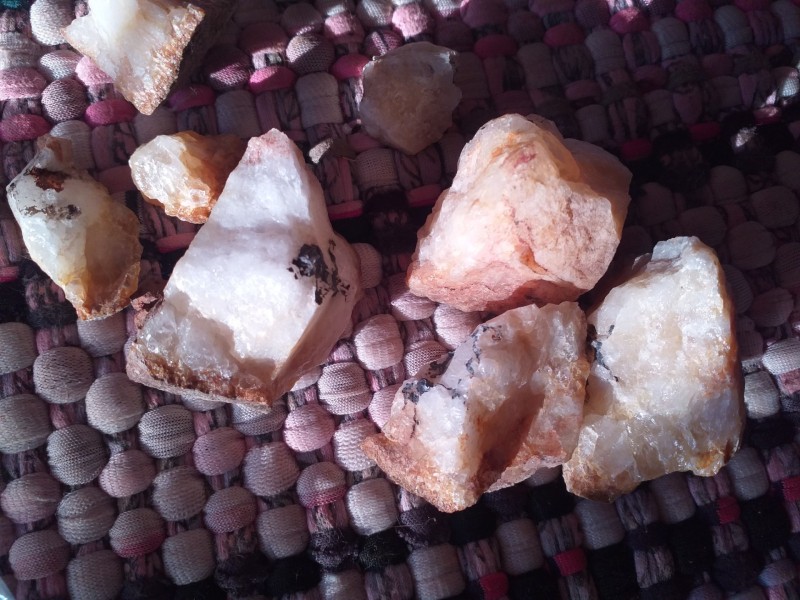
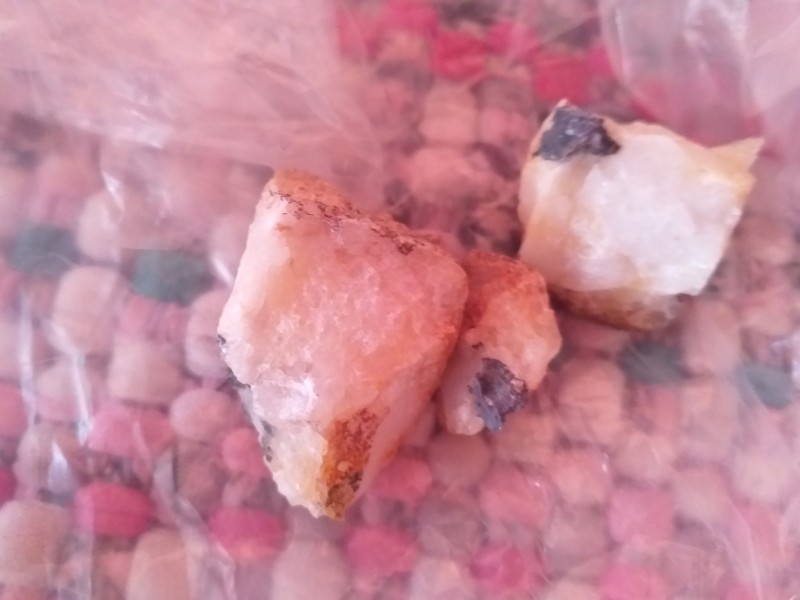
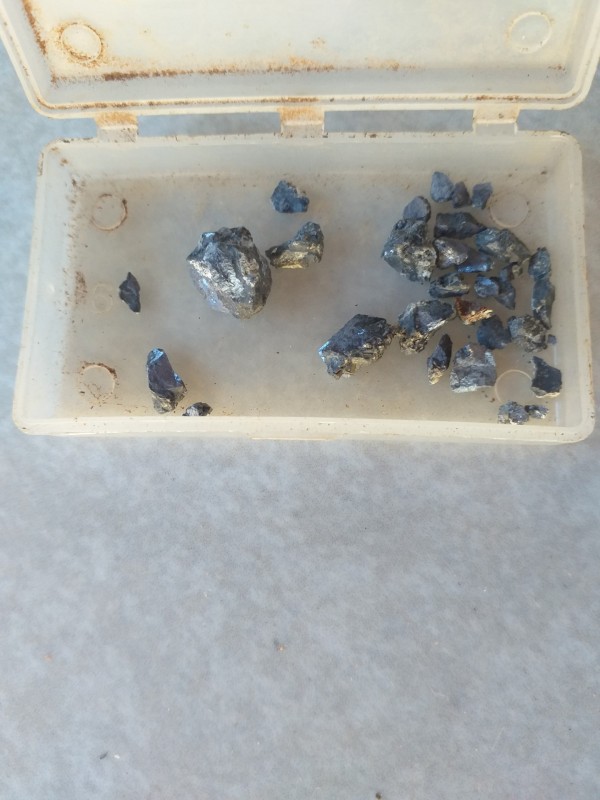
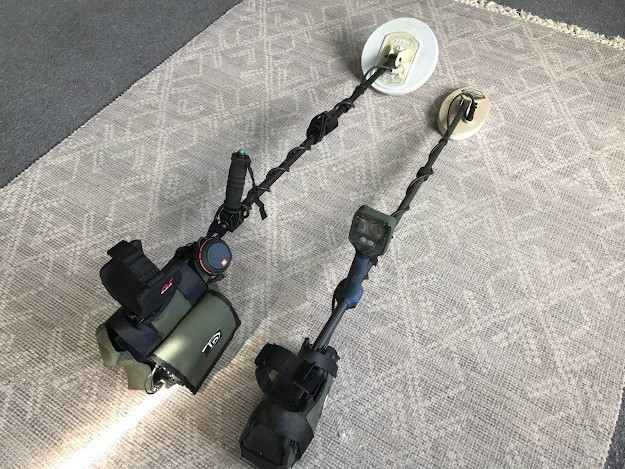
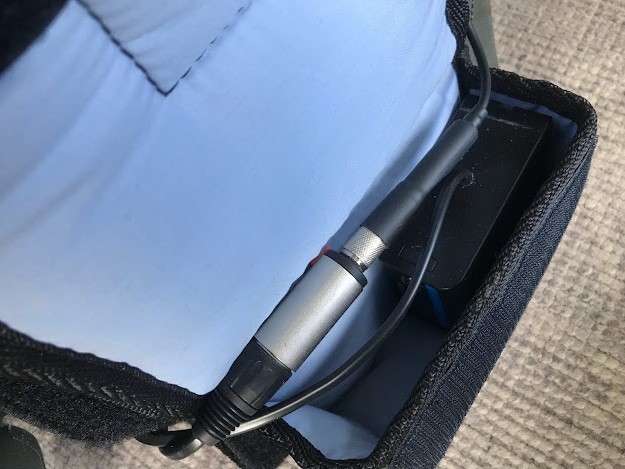

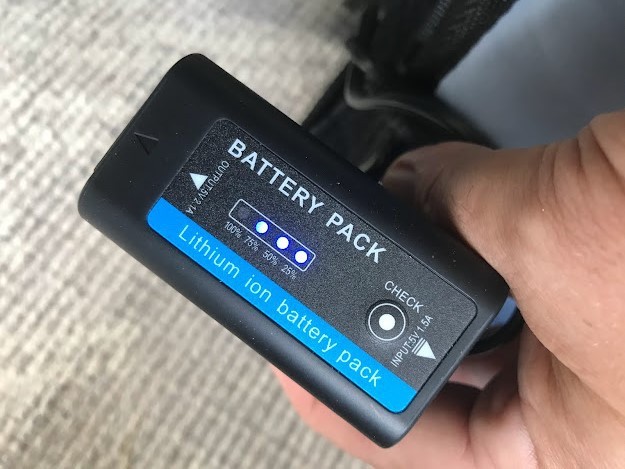
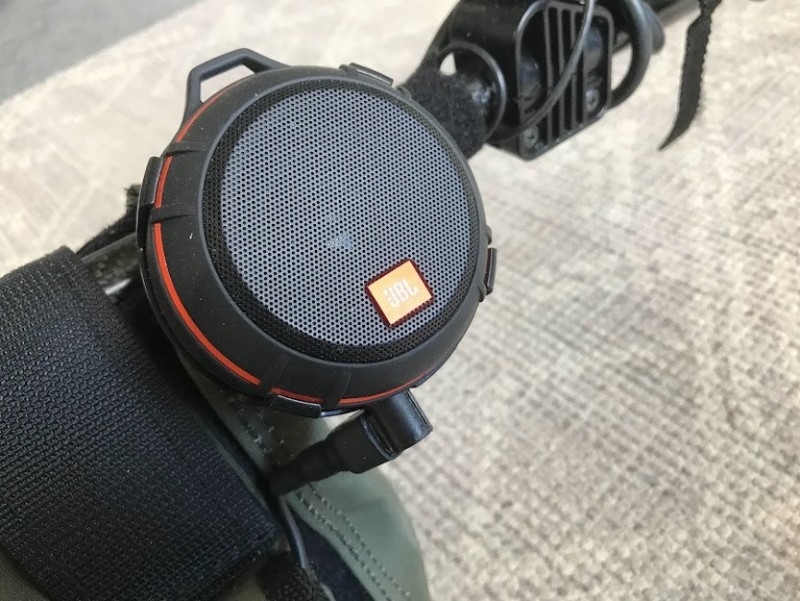
New To All This... Looking For Advice!
in Metal Detector Advice & Comparisons
Posted
So now I understand. Thanks.